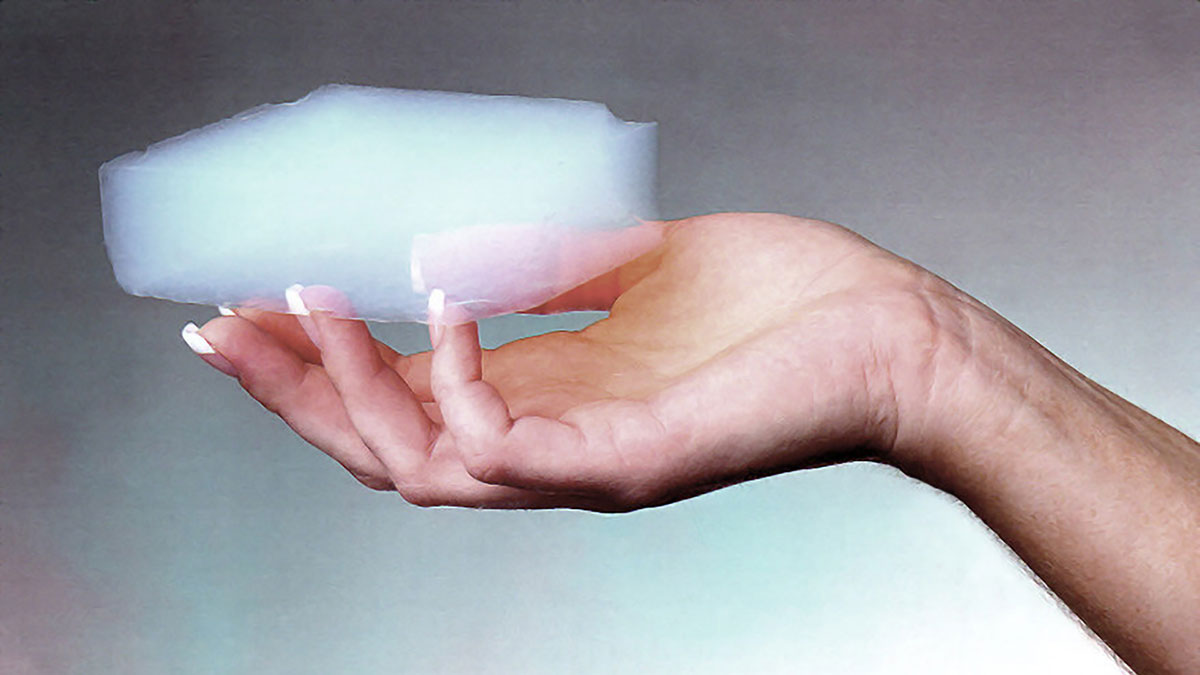Aerogel is a very special material for several reasons: it is one of the lightest in the world, with a density of just 3 kg/m³; it is mainly composed of air, with between 90 and 99% of its volume; it can support up to 1,000 times its own weight without losing its lightness; and it has an ultra-low thermal conductivity. These properties make aerogel an innovative substance that is applied to construction, but has also been used by NASA.
In terms of thermal performance, aerogel is significantly more efficient than traditional materials. Therefore, while values for glass wool range between 0.032 and 0.044 W/m-K, aerogel reduces thermal losses by half, with a value as low as 0.016 W/m-K. Its insulating capacity consequently maintains stable indoor temperatures with less energy consumption.
In this way, it optimises operating costs in buildings and reduces the environmental impact of their air conditioning. The ultra-lightweight structure of aerogel, however, does not compromise its fire resistance and durability. In its translucent version, it combines thermal insulation with the entry of natural light, a very useful property for energy-efficient façades and windows.

On the other hand, its strength and the possibility of applying it in thin layers makes it ideal for improving thermal insulation and renovating historic buildings without altering the original architecture. In façades, walls, roofs and ceilings, whether in new or renovated buildings, aerogel panels improve energy efficiency without increasing the thickness of the walls.
As we can see, aerogel not only represents an innovative technical solution, but also a step towards a more environmentally responsible construction sector.
By Juan Guardiola Cutillas, Senior Architect in the Architecture Department at Amusement Logic
Photos: NASA






